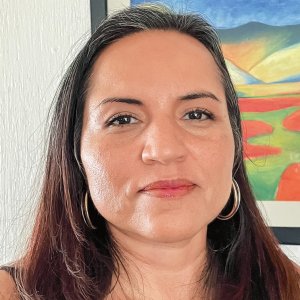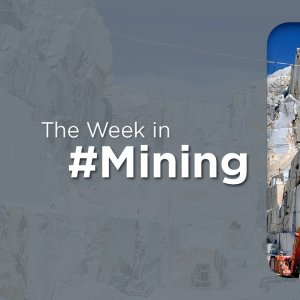
Gender Equality in the Mining Sector
 By Karin Dilge | Journalist and Industry Analyst -
Fri, 08/19/2022 - 15:32
By Karin Dilge | Journalist and Industry Analyst -
Fri, 08/19/2022 - 15:32
Women have been historically excluded from many industries, including mining. Nonetheless, as companies increasingly work toward UN’s Sustainable Development Goals, women get to participate more in areas where they usually did not.
The Responsible Mining Foundation points out the fact that gender equality is a clear challenge for the mining industry. Even though gender-biased policies and practices are part of the problem, gender-blindness, which ignores or neglects gender-based realities, is much more difficult to recognize and address. “Impact assessments that consult only with formal community organizations may inadvertently miss the perspectives and concerns of women, if they are underrepresented in these groups,” writes the foundation.
According to CAMIMEX’s 2021 Sustainability Report, the mining sector employs over 367,935 people in the country, of which 57,826 are women, representing 15 percent of the national mining workforce. Women hold both operative and leading positions and according to the chamber, the average income for women in the sector is 73 percent higher than the national average.
Approximately 40 percent of the women in the sector are operational workers, 22 percent carry out administrative tasks and 4 percent work in executive positions. It is, therefore, in executive positions that fewer women are represented, contrary to operational positions, where female participation has grown significantly, according to Ana María González, President, WIM. Margarita Bejarano, Corporate Affairs and Communications Director, Argonaut Gold, states women represented only 3 percent of the industry’s workforce over 15 years ago. “Mining is a traditionally male-dominated economic activity. With technological advances, the sector has improved its methods and processes,” Bejarano added.
However, there is still a significant gender parity gap in terms of working conditions. The industry still lacks suitable environments that are adapted to the biological, social and family needs of women. Mining operations often still have only one bathroom. Other basic issues are the lack of differentiation in uniforms, maternity and paternity leave and day care centers, among other issues, said Doris Vega, Vice President Mexico, WIM, in an interview with MBN.
According to McKinsey&Company, women are underrepresented in the mining industry in comparison to other industries and closing that gap is key to higher productivity and safer practices. The company reports that many studies have shown that diverse teams are usually more productive and have safer practices. Plus, diversity promotes creativity and strategic resilience. “Mining companies will need both if they are to successfully meet the broadening challenges facing the industry today, from digital and analytics disruption to sustainability and decarbonization,” added McKinsey&Company.
“Recent studies show that companies with women in their leadership teams have been able to increase their profits by 15 percent compared to those that do not have any female participation in key positions,” mentioned Vega.
Teams managed by women achieve higher performance and feel more cared for, companies have said. Femininity is an important differentiator. For instance, researchers attribute a greater capacity for negotiation to women, as well as more empathetic leadership and greater creativity. These characteristics have resulted in higher appreciation for women, added Vega.
A study carried out by McKinsey&Company shows that women often leave the mining industry due to a lack of interest and few growth opportunities, however. The study looked at three aspects critical to women’s evolution in the industry: initial recruitment, medium-term retention and promotion of women through organizations. Additionally, women often feel that opportunities for operational experience and frontline mentorship are created for men while women are expected to gain frontline experience somewhere else to qualify for advanced technical and leadership roles. Some of them express the feeling of their academic skills being underutilized and undervalued.
“The highly masculinized mining sector has a huge area of opportunity to unlearn harmful behavior and become reeducated on gender issues. We need to keep the dialogue alive, visualize what we go through, train ourselves and keep highlighting the societal problems we aim to fix,” told Fernanda Romero, Sonora District President, WIM, to MBN.
















